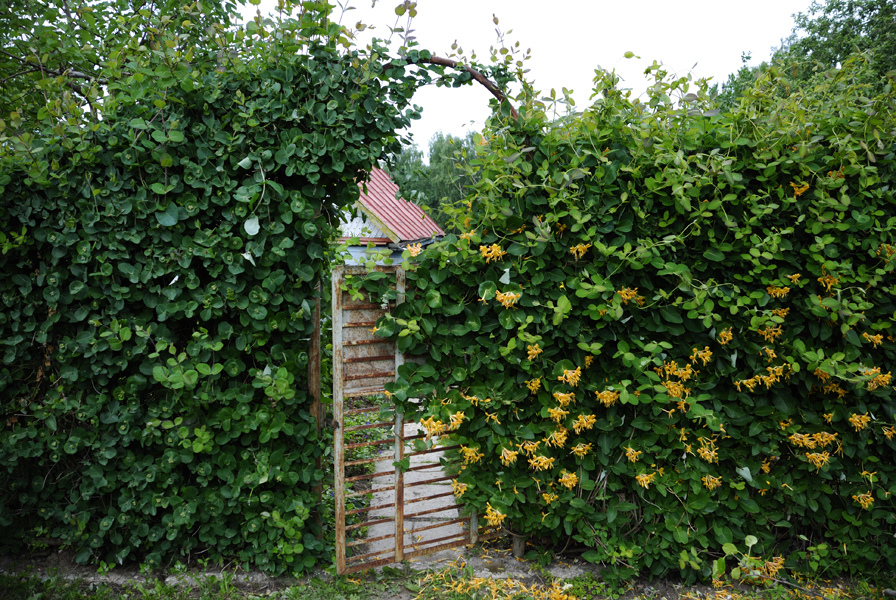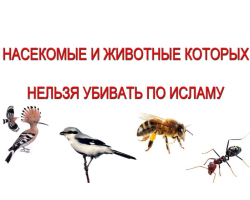The article will tell you about such a variety of decorative honeysuckle as “Caprifol” and the features of plant care.
Content
- Decorative honeysuckle is a kaprifol - aromatic curling liana: varieties and views
- How to plant properly, transplant the honeysuckle of a kaprifol spring for a hedge in open ground?
- Honeysuckle Caprifol: Propagation with layering
- Honeysuckle care Caprifol: Basic rules and tips
- Fragrant honeysuckle is a capricophol: frost resistance of a plant. Honeysuckle is a kaprifol - preparation for winter: Do I need to cover?
- Honeysuckle Caprifol in landscape design: photo
- Honeysuckle Kaprifol: Can I eat berries?
- Video: "Caprifol in all its glory"
Decorative honeysuckle is a kaprifol - aromatic curling liana: varieties and views
Unlike edible honeysuckle, decorative (such as the “Caprifol” variety) serves only to decorate the land. They plant it mainly in order to landscapes hedges, walls, fences (in other words, “vertical areas”). This plant is embedded and it is not so difficult to grow it. Attentive care and proper feeding of honeysuckle will allow you to achieve excellent results.
Interesting: few people know that there are a lot of varieties of this decorative plant - about 200 items.
Popular decorative views:
- "Caprifol" -the most "old" species of the plant. It differs in that it blooms before everyone else. Her flowers are light yellow with an orange and red tint (they are able to darken by the end of summer). After flowering, it is covered with bright small fruits. Well "wintering", has lush greens.
- "Korolkov" -beautiful Liana, which is distinguished by its abundant and large -scale flowering. The flowers of a delicate pink shade completely cover the bush, closing the greens of the bush.
- "Blaging Honeysuckle" -it has unusual and beautiful flowers of light pink and purple shades (sometimes dark). Such flowers are distinguishable in that they are "honey plants." But crimson flowers should beware, because they are poisonous.
- "Gerald" -this species has yellow flowering. It differs in that it remains green until spring. Then, when Liana lets young shoots, the old foliage falls.
- "Tatar" -lush vegetation and an abundance of small pink tubular colors are distinguished by this vine from others. Sometimes you can find varieties with orange and even blue shades.
- "Brown" -it differs in beautiful decorative foliage (green-blue). Flowers in the plant have a bright "carrot" color.

How to plant properly, transplant the honeysuckle of a kaprifol spring for a hedge in open ground?
“Caprifol” will invariably decorate your site, give it not only a pleasant color, brightness, an abundance of colors, but also attract the abundance of butterflies in your garden with its sweet aroma. If you want to propagate a “capricophol”, you can do this in a few common ways:
- Seeds (deepening them into prepared soil)
- Cuttings (growing seedlings)
- Layers (deepening them into the ground)
Important: If you want to grow honeysuckle from seeds, you should know that only fresh seeds (second year) are suitable.
How to collect seeds:
- Collect ripe fruits
- Free the seed from the pulp
- Rinse
- Dry, then start growing seedlings
If you want to make a transfer with cuttings, you should know that it is necessary to harvest “material” in the late summer (last season). Cut several cuttings from the vines, on which there will be at least 3 internodes. Cuttings should be slightly scratched and greased stimulating the roots with a solution (purchase in a professional store). After placing in the water and hold until the first roots appear. Place the cuttings in a special soil: a mixture of sand and peat. When they are well rooted, transfer to the ground. The rooting of layering is the easiest way to reproduce the “caprifoli”. It is not difficult to do this if your site already has an “adult” plant.
Honeysuckle Caprifol: Propagation with layering
The technology is simple:
- Find the right layering (do not tear off)
- Cut it
- Dig in the ground
- Water
- After a while, roots will appear in the site of the cut (after that you can dig a layering and transplant).
Important: take into account the fact that “capriciphol” negatively refers to numerous transplants. If you often change the location of the plant, it may die.
So that the plant takes root:
- Prepare fertile soil in advance (pour compost).
- Add a complex of mineral fertilizers (feeding for honeysuckle).
- Do not forget about the ash, it will be able to “deoxidize” the soil (“Caprifol” does not like too “acidic” the soil and does not take root in it).
Propagation and transplanting “caprifoli” is best done in the spring (April and May are the best time). Relying that in a year the liana will rise by no more than 2 meters. The first “years of life” of plants are “sensitive” to temperature changes and therefore try to cover them with nets and synthetic bags for the winter (so as not to freeze). While Liana is in the period of active growth, do not forget to dive, cut and form it - this will increase growth and make the hedge beautiful.

Honeysuckle care Caprifol: Basic rules and tips
"Caprifol" is good because it does not require excessive care. The most important thing is to build a support for her by which she can grow. If there are no supports, then the fence, the net or even the wall will do the same. By its weaving, Liana can reach up to 5 meters (about 5-6 years of life).
Important: after you put the plant in the soil (in any way), be sure to feed the soil (it will provide violent flowering and good growth).
Other features of care:
- Covering from the cold in winter (only the first 2-3 years can)
- Cutting stems frozen during the winter
- Be sure to remove weeds around
- The plant loves watering and spraying very much (in droughts, increase portions of water).
- Cut the "extra" stems, forming the crown
- Take care of the plant without allowing the disease

Fragrant honeysuckle is a capricophol: frost resistance of a plant. Honeysuckle is a kaprifol - preparation for winter: Do I need to cover?
"Caprifol" is quite frost -resistant Liana. However, if the plant is young (up to 2-3 years), it can “freeze” if the winter is cold (-30, -40 degrees). In other cases, the frozen shoots (most often young) can simply be cut off in early spring.
Important: you can “wrap up” with frost with the help of synthetic bags or bags, which should be attached with a stapler to the hedge at low temperatures.
Honeysuckle Caprifol in landscape design: photo
"Caprifol" will certainly decorate your land. To choose a variety of plants and find the desired method of decor of the personal territory, it is useful to see photos of landscape design with honeysuckle.
Options:







Honeysuckle Kaprifol: Can I eat berries?
Decorative Liana "Caprifol" is not suitable for eating food. In the fall, not more round carrot berries ripen from flowers, but do not try them, because this can provoke you not only an allergic reaction, but also poisoning (nausea, vomiting, diarrhea, urticaria).







